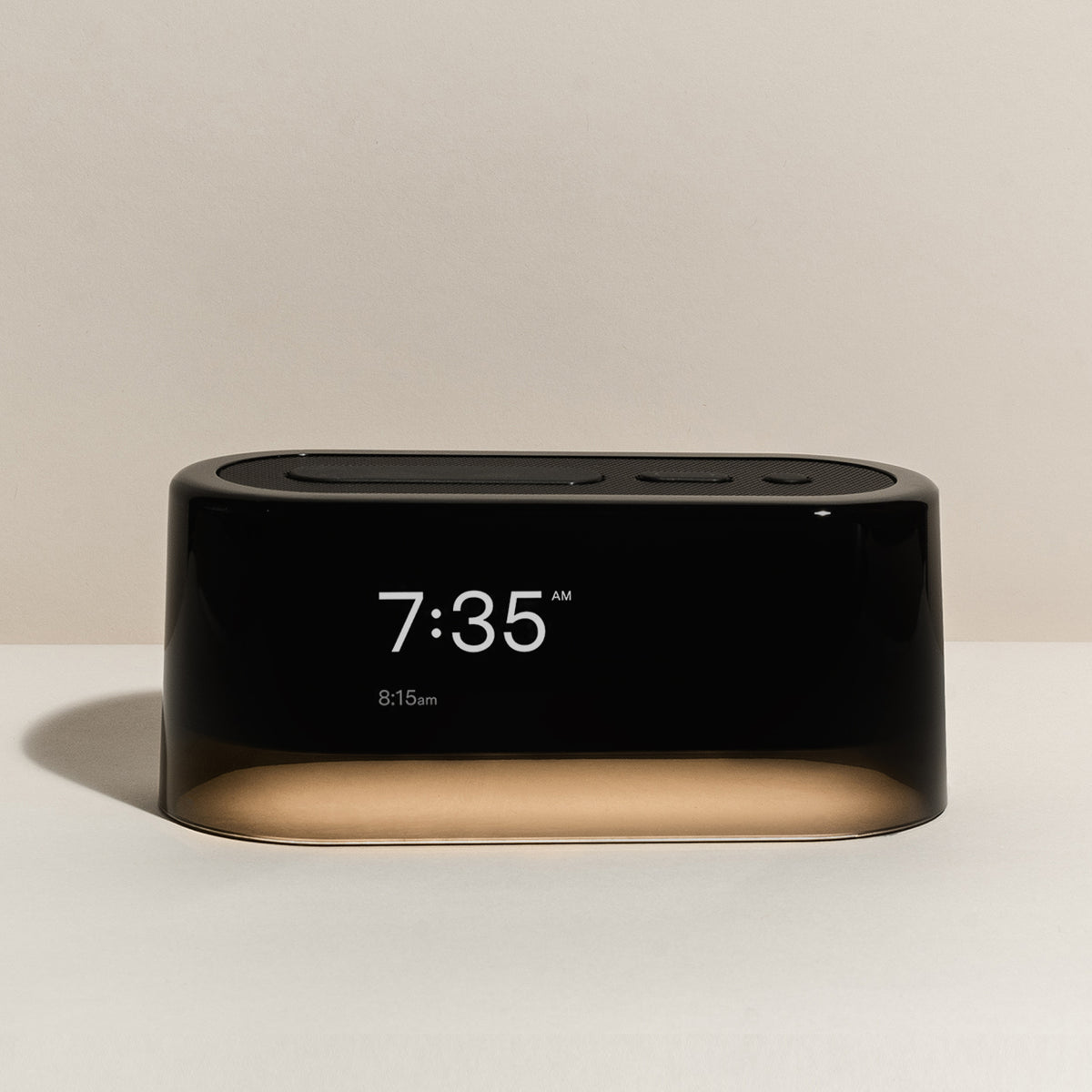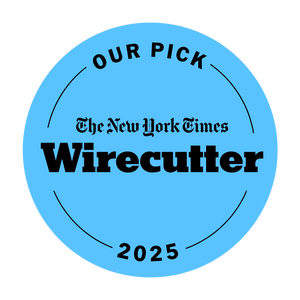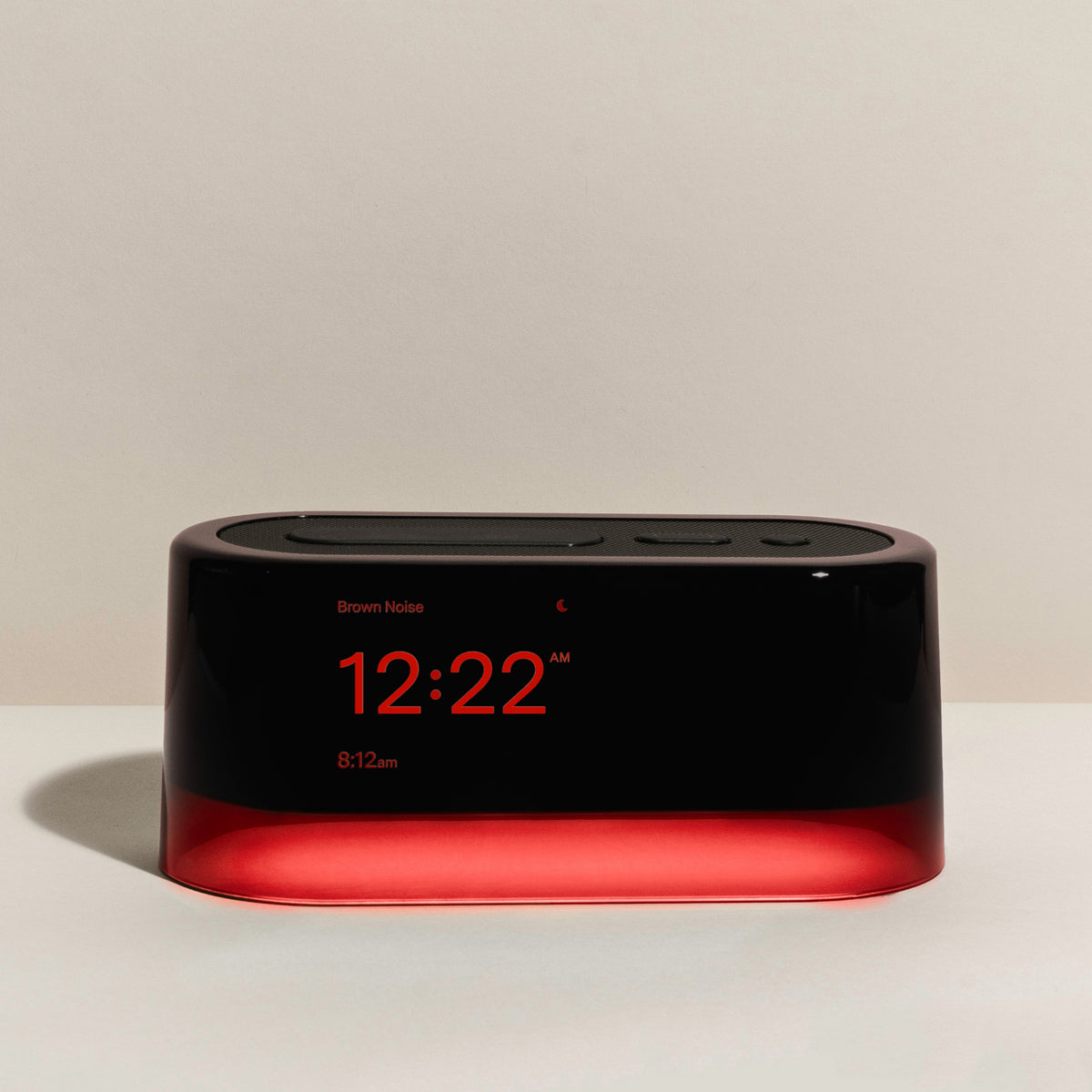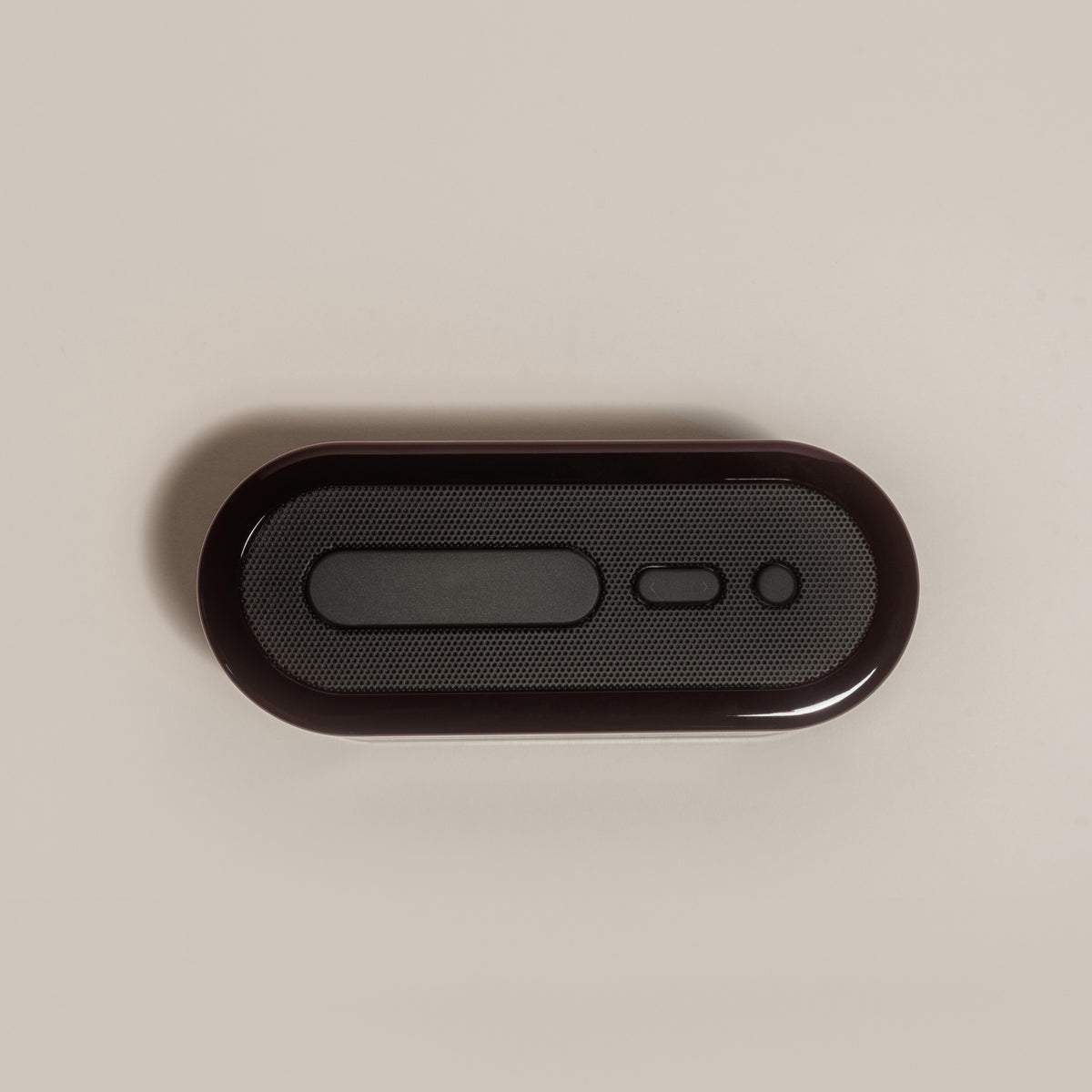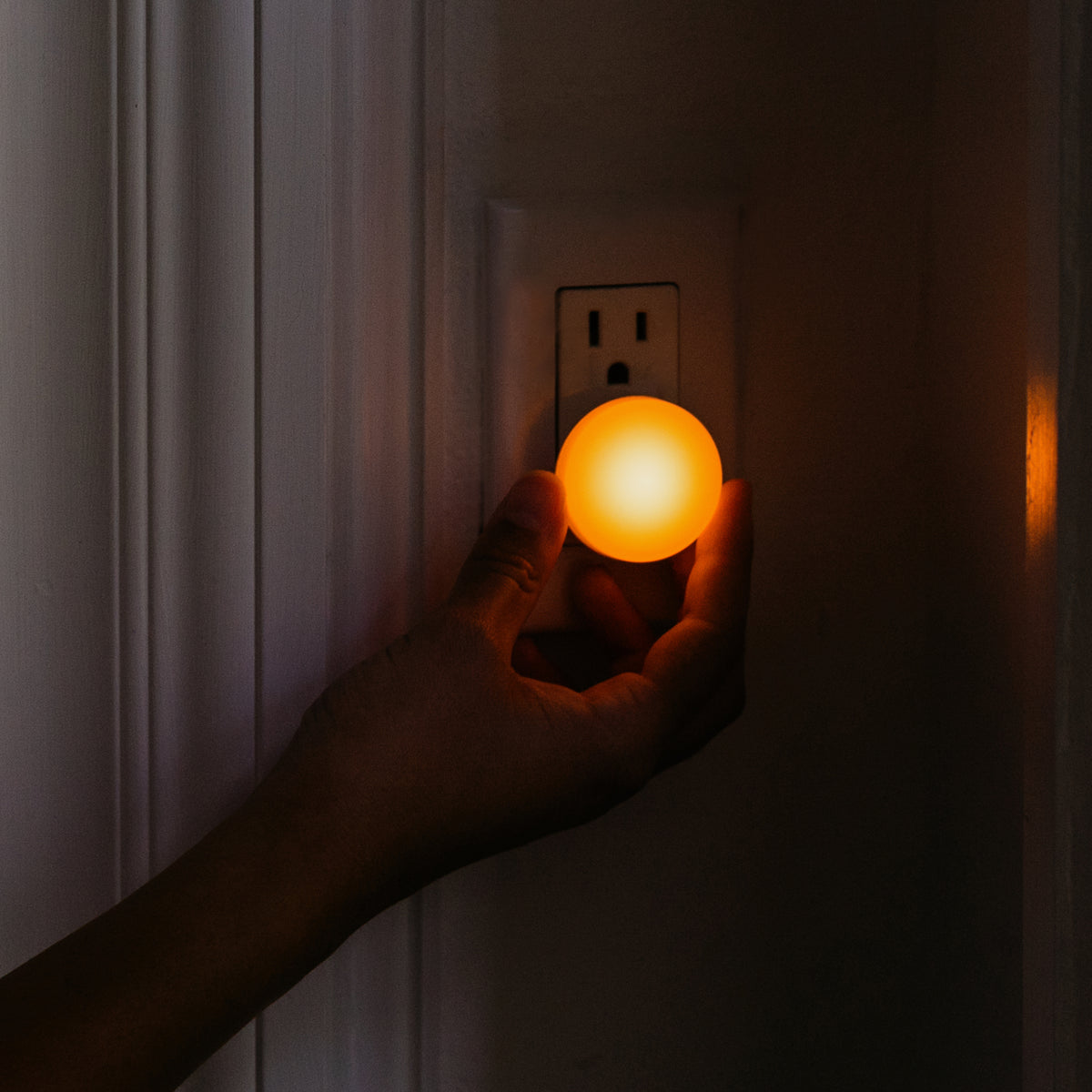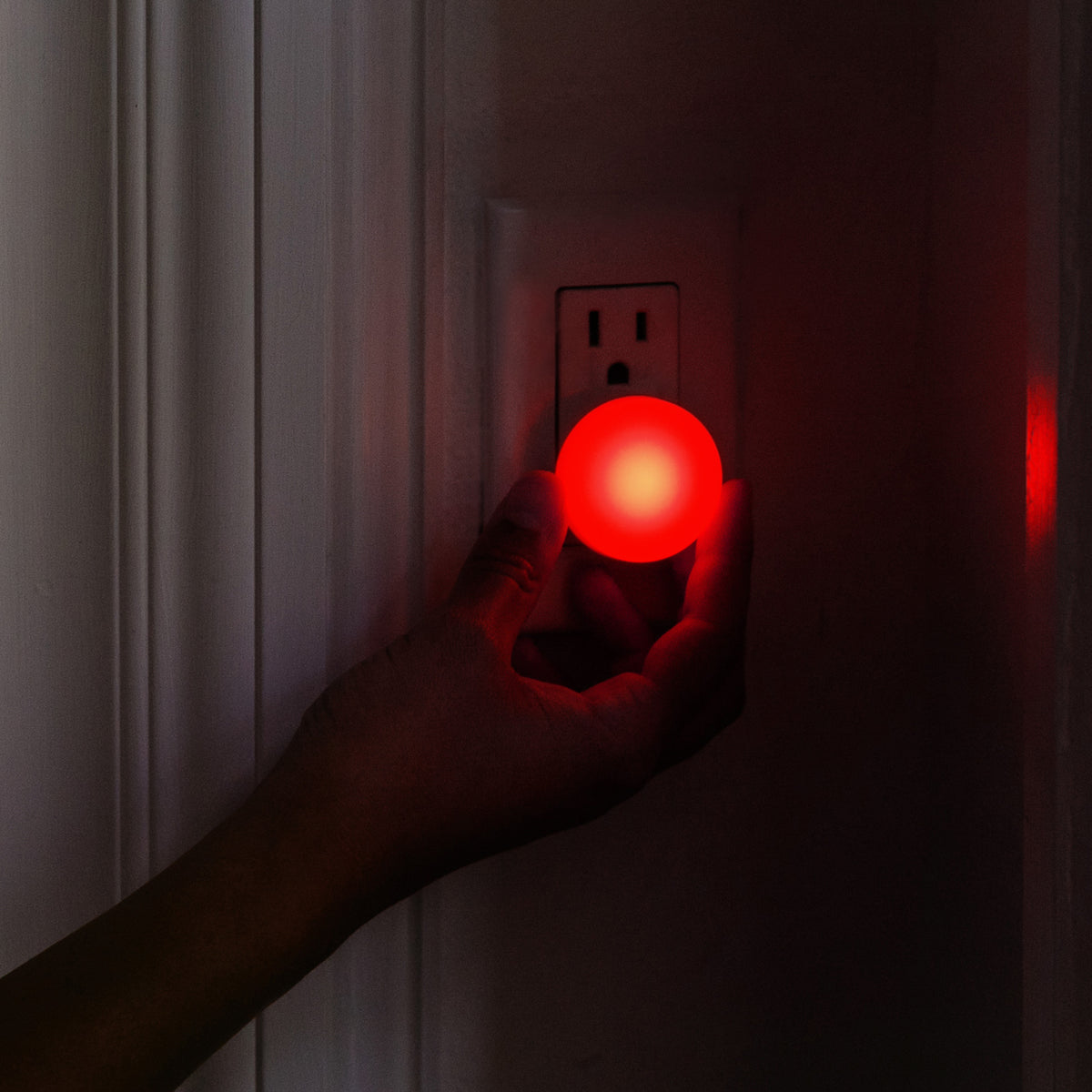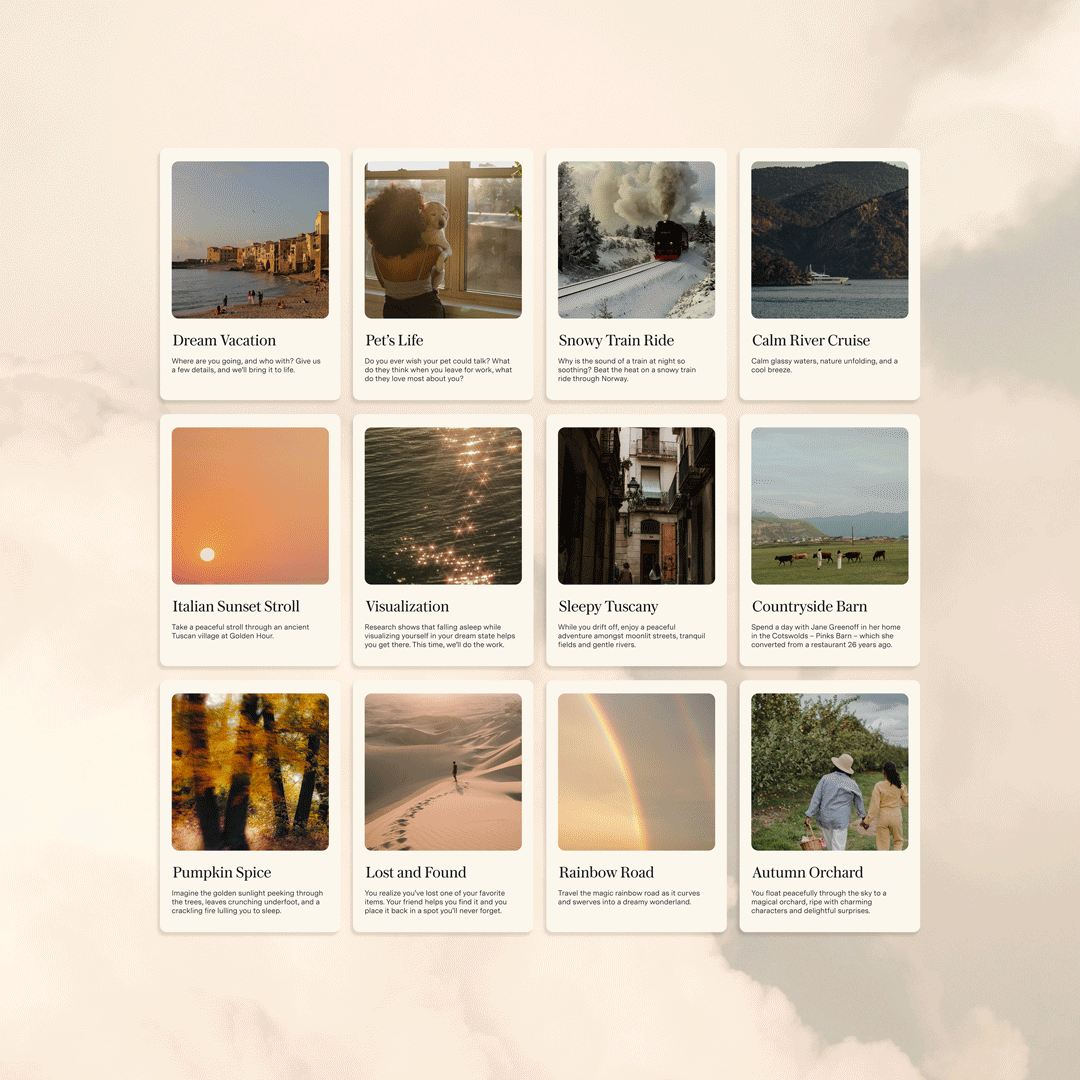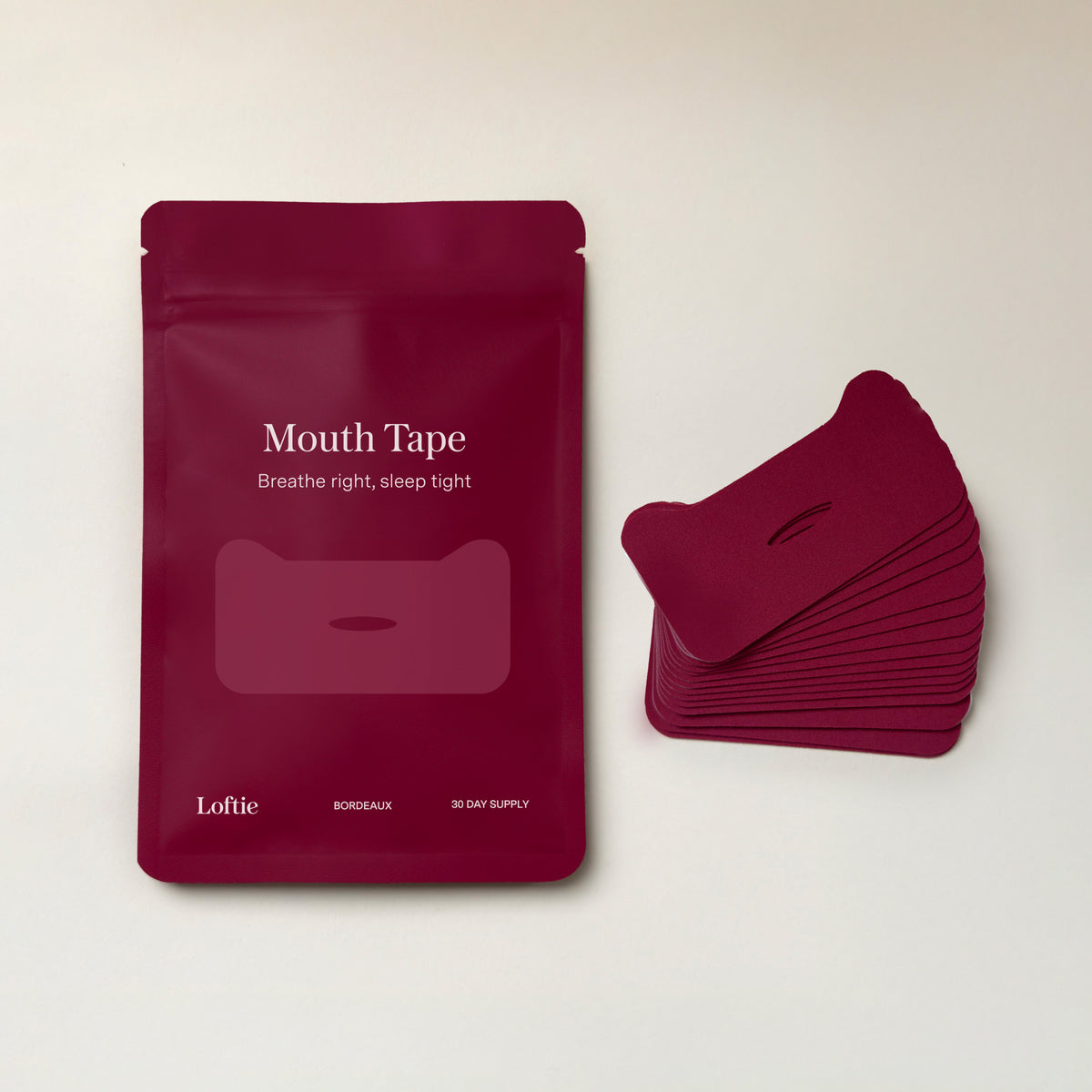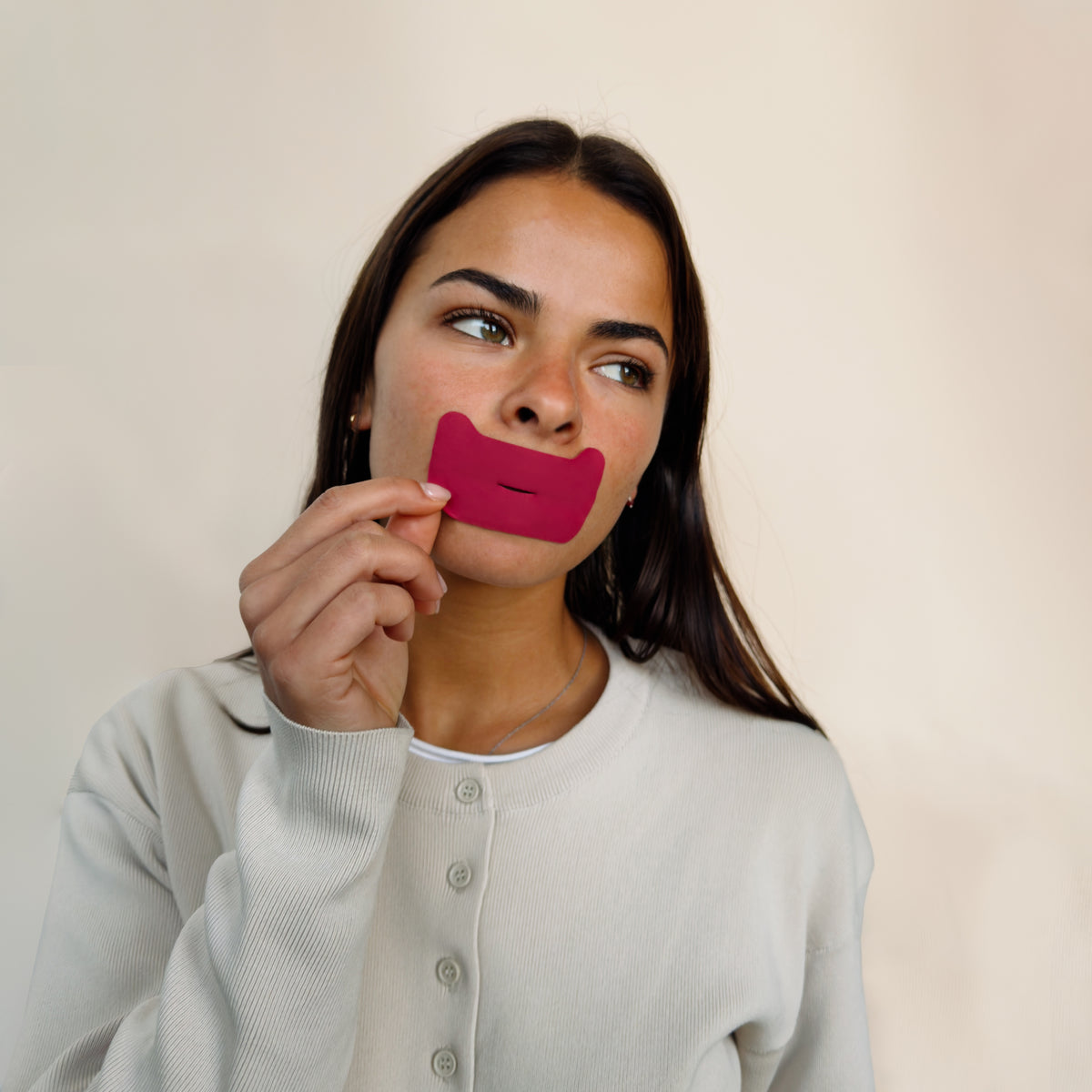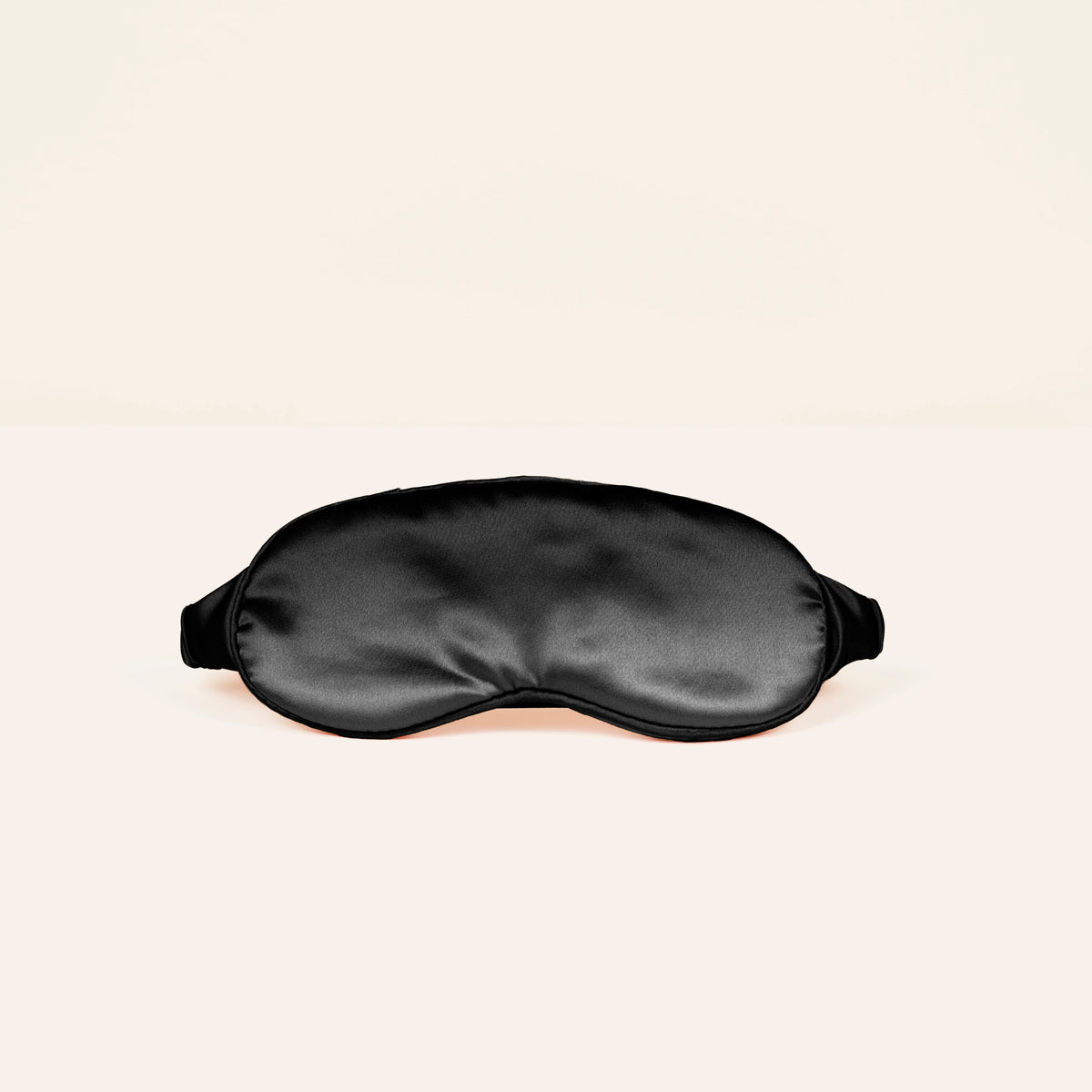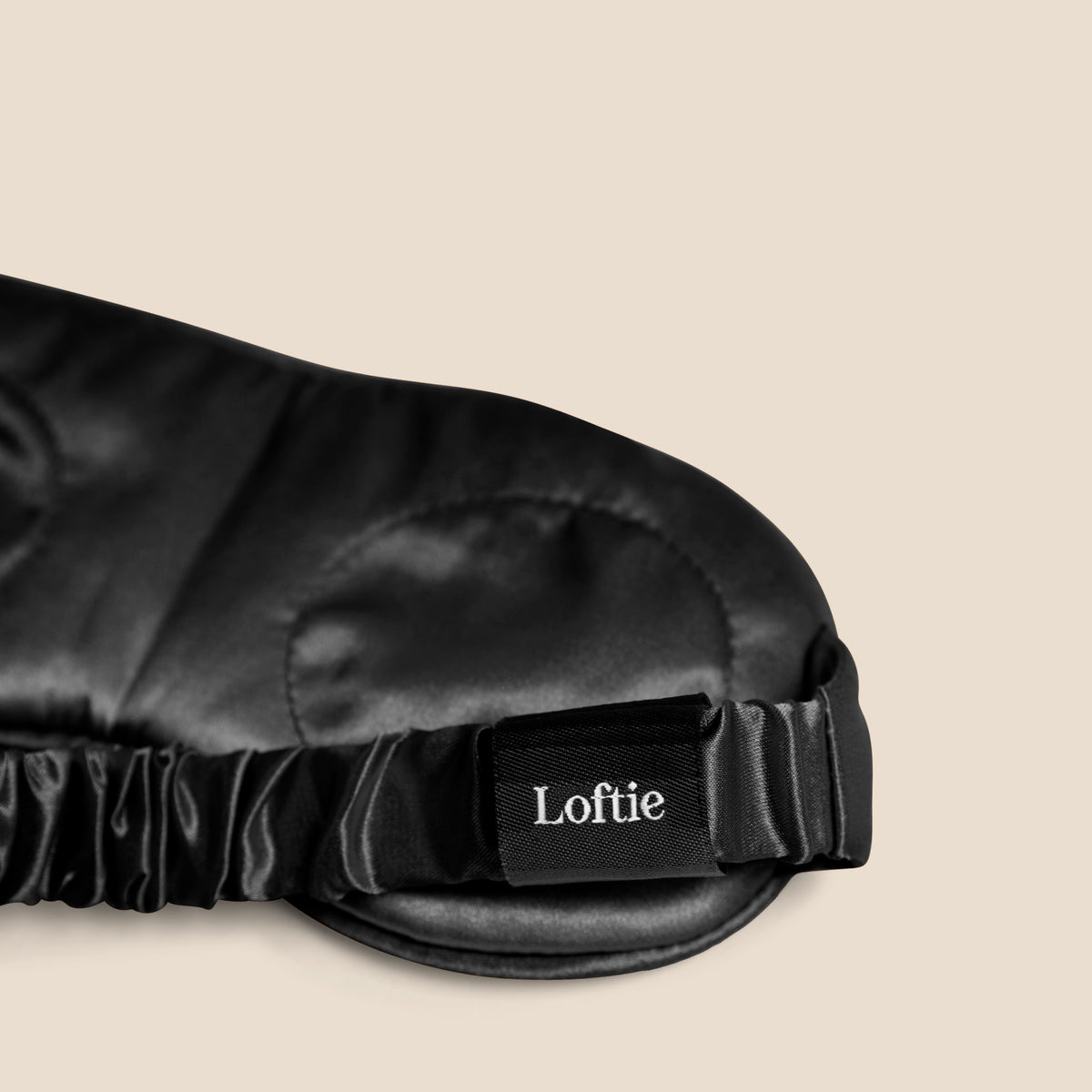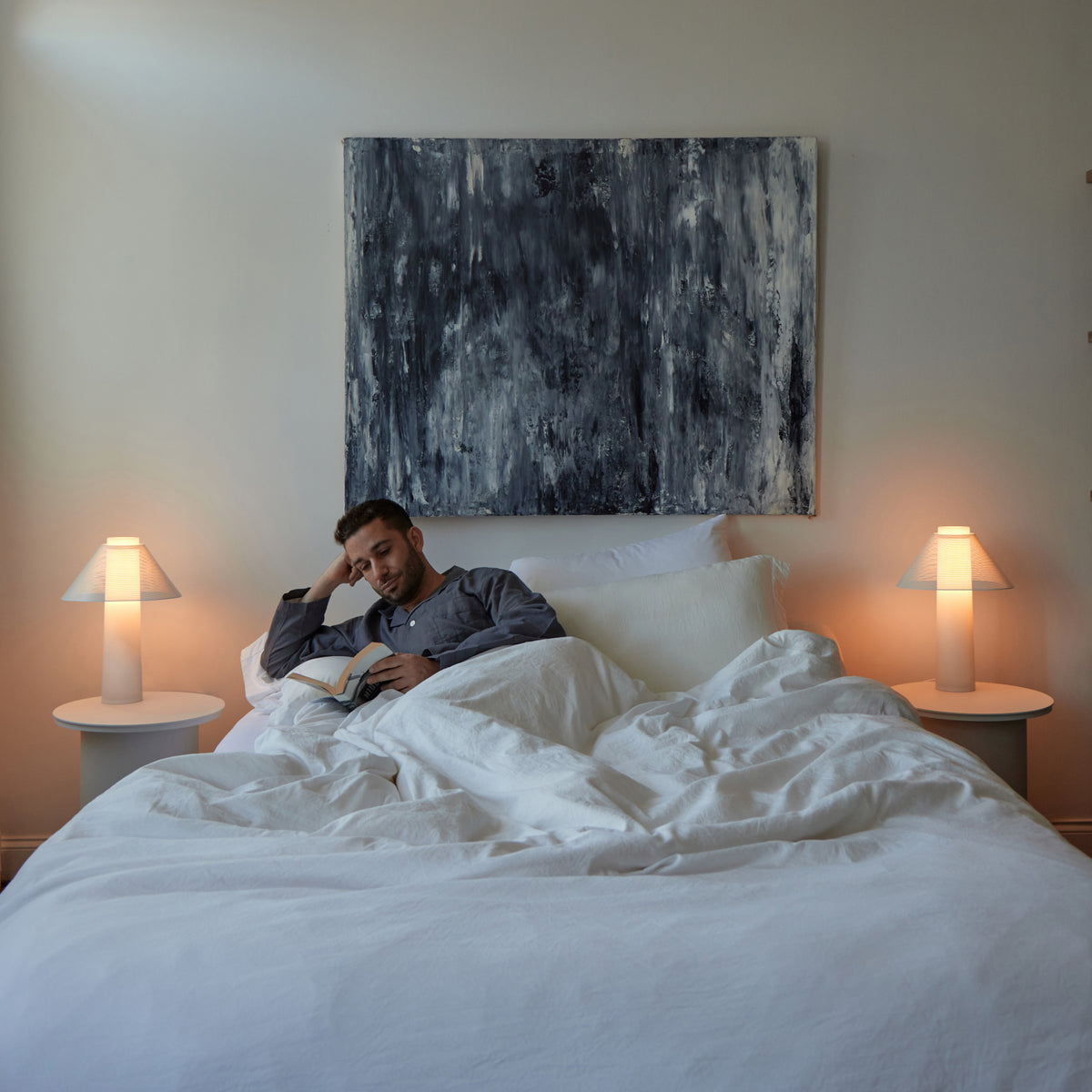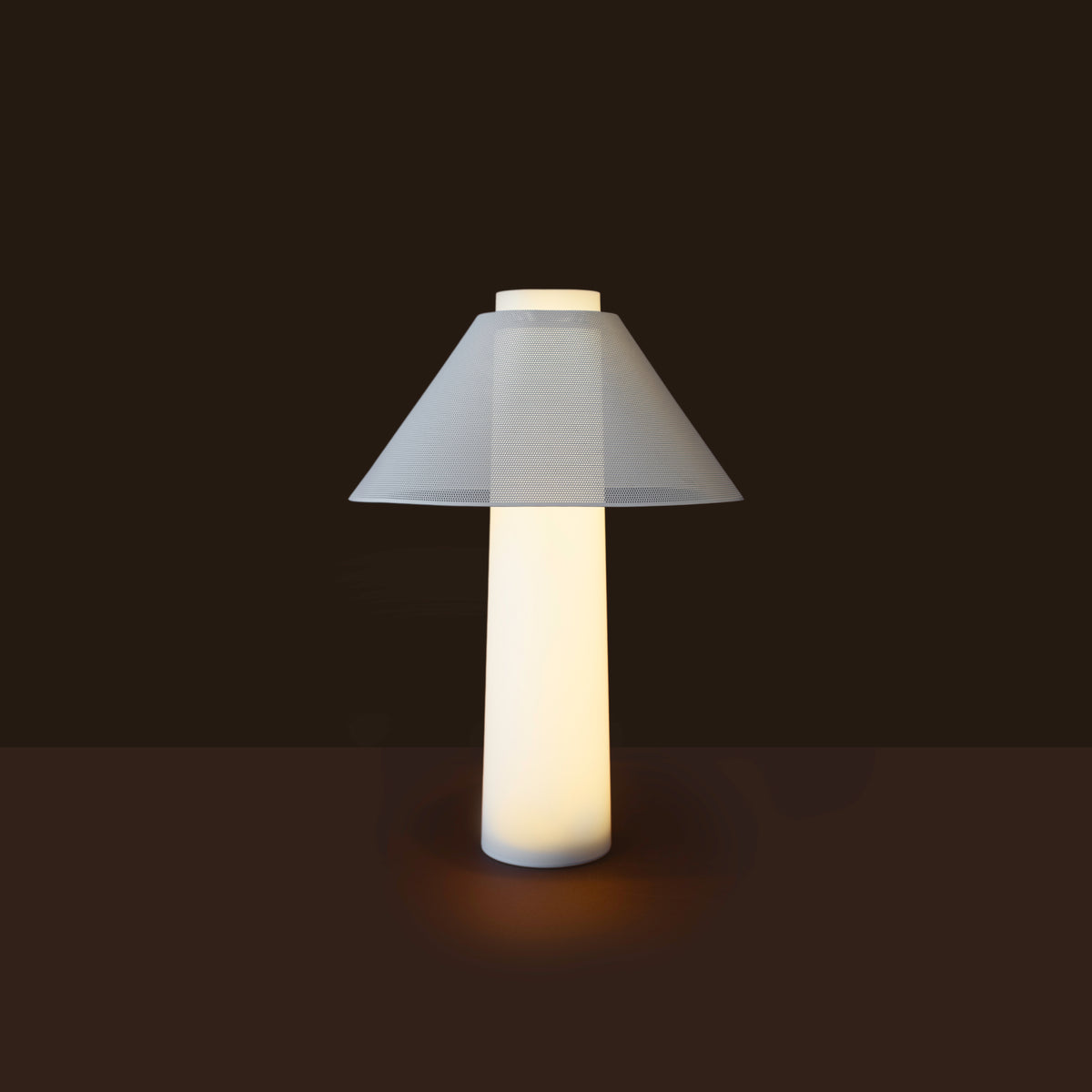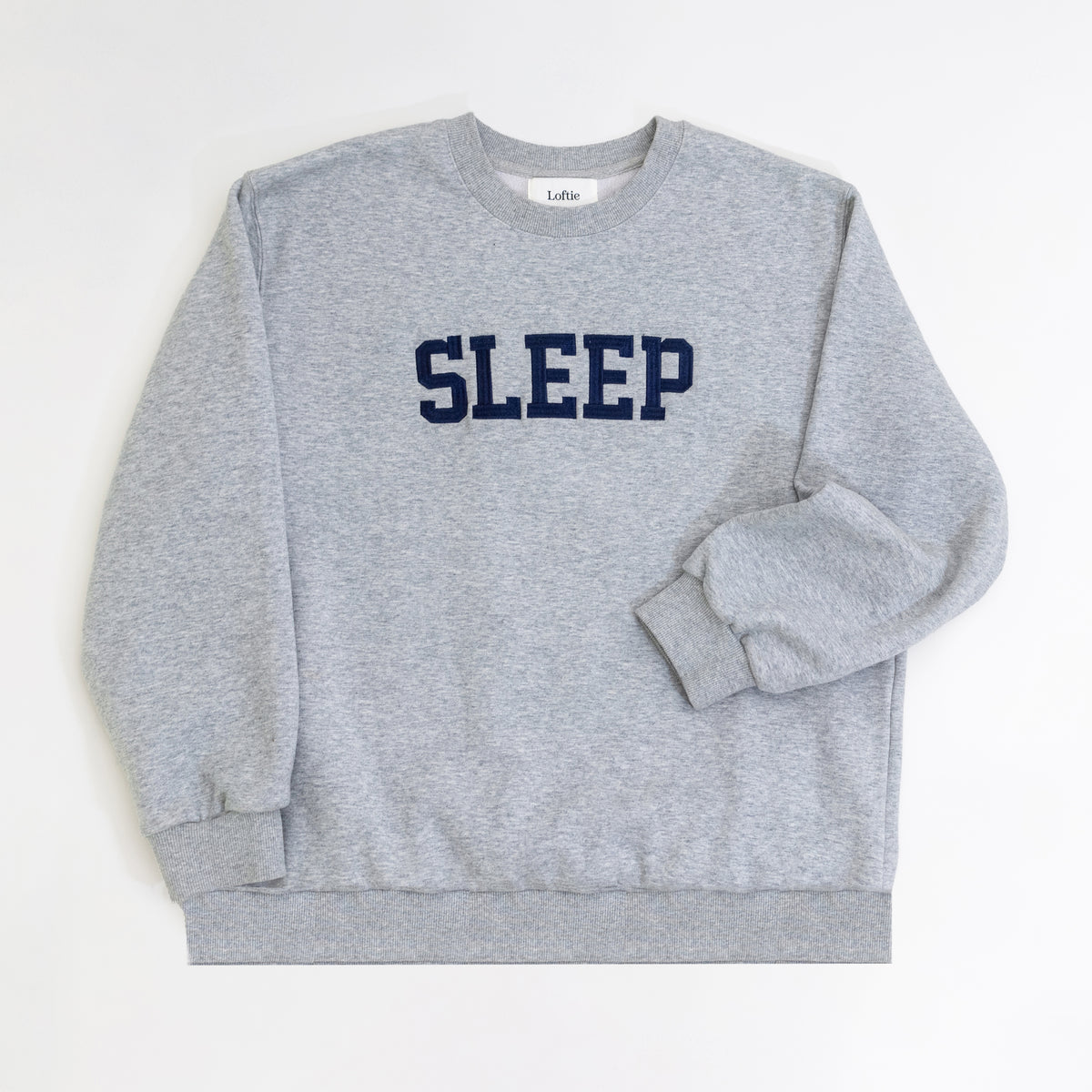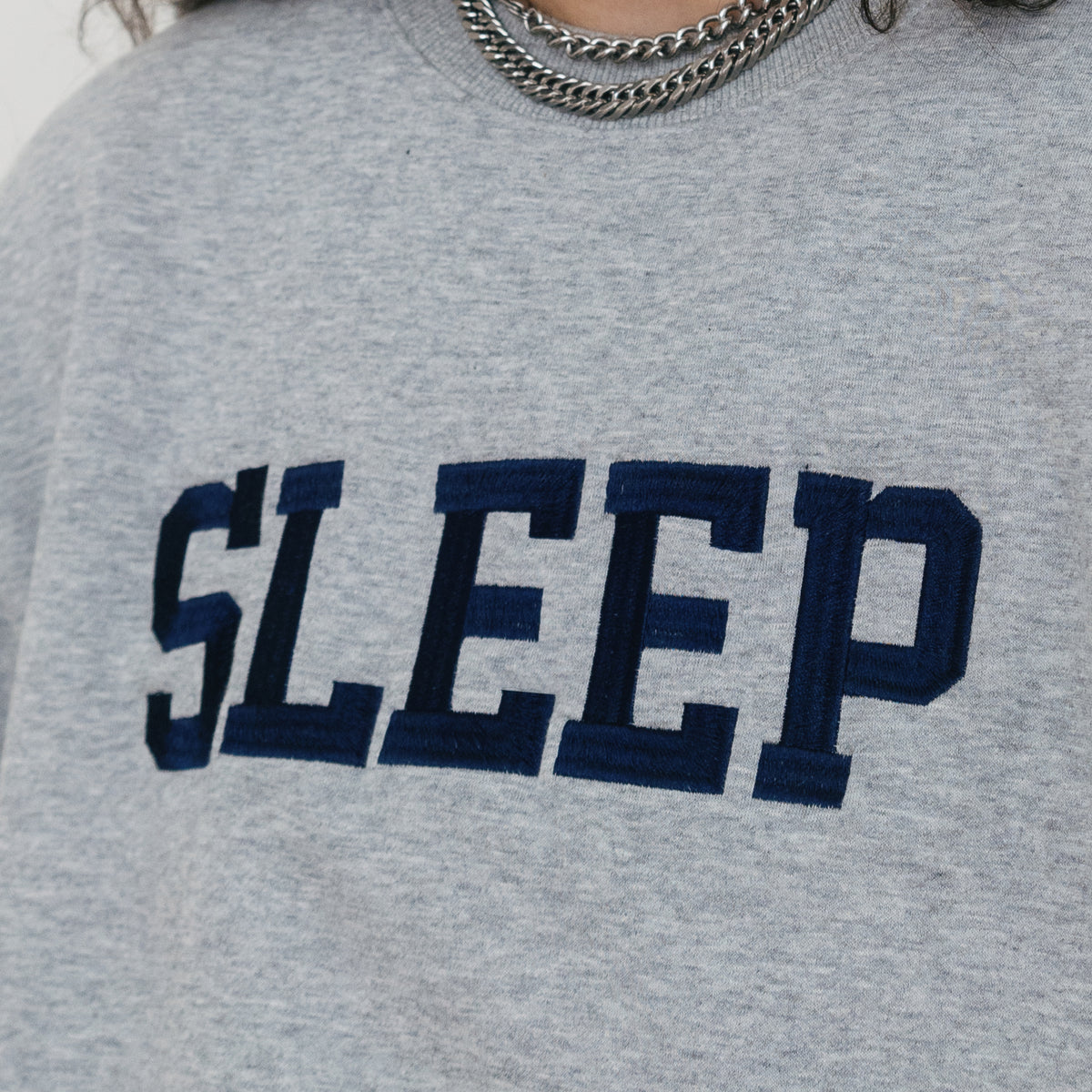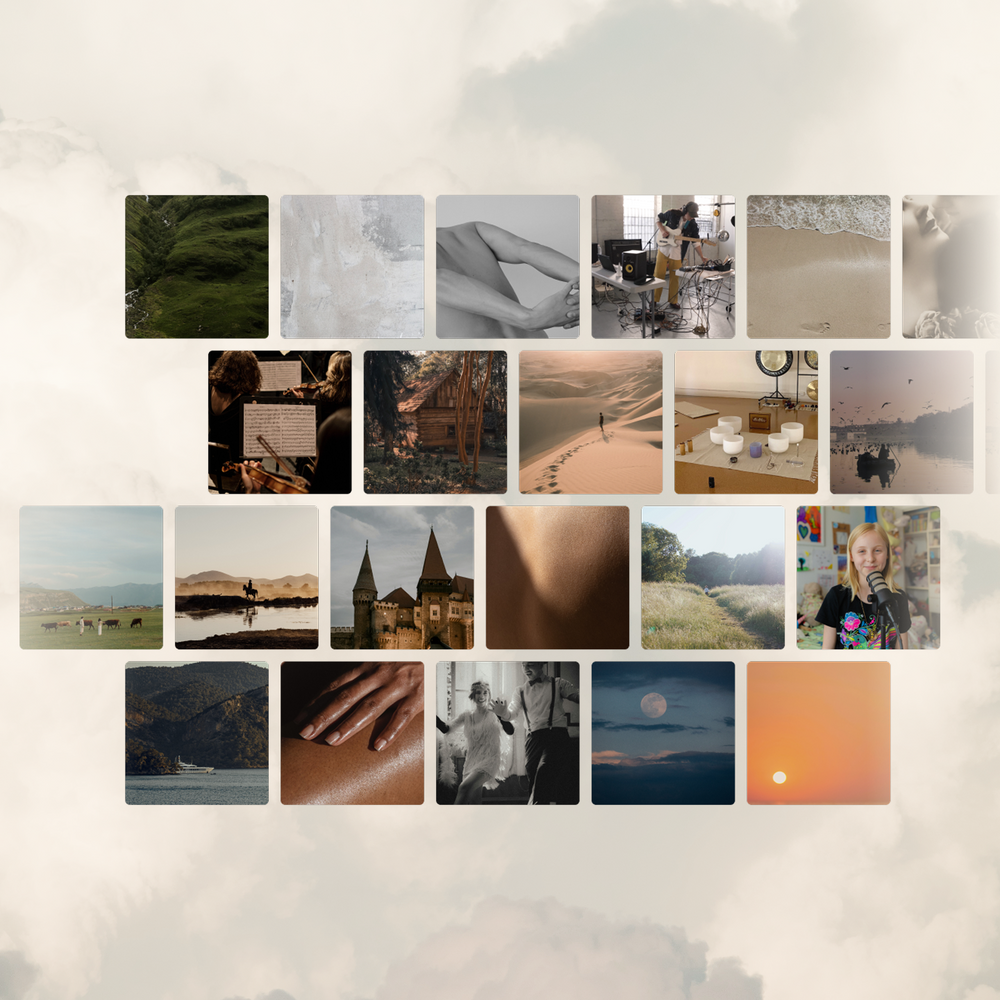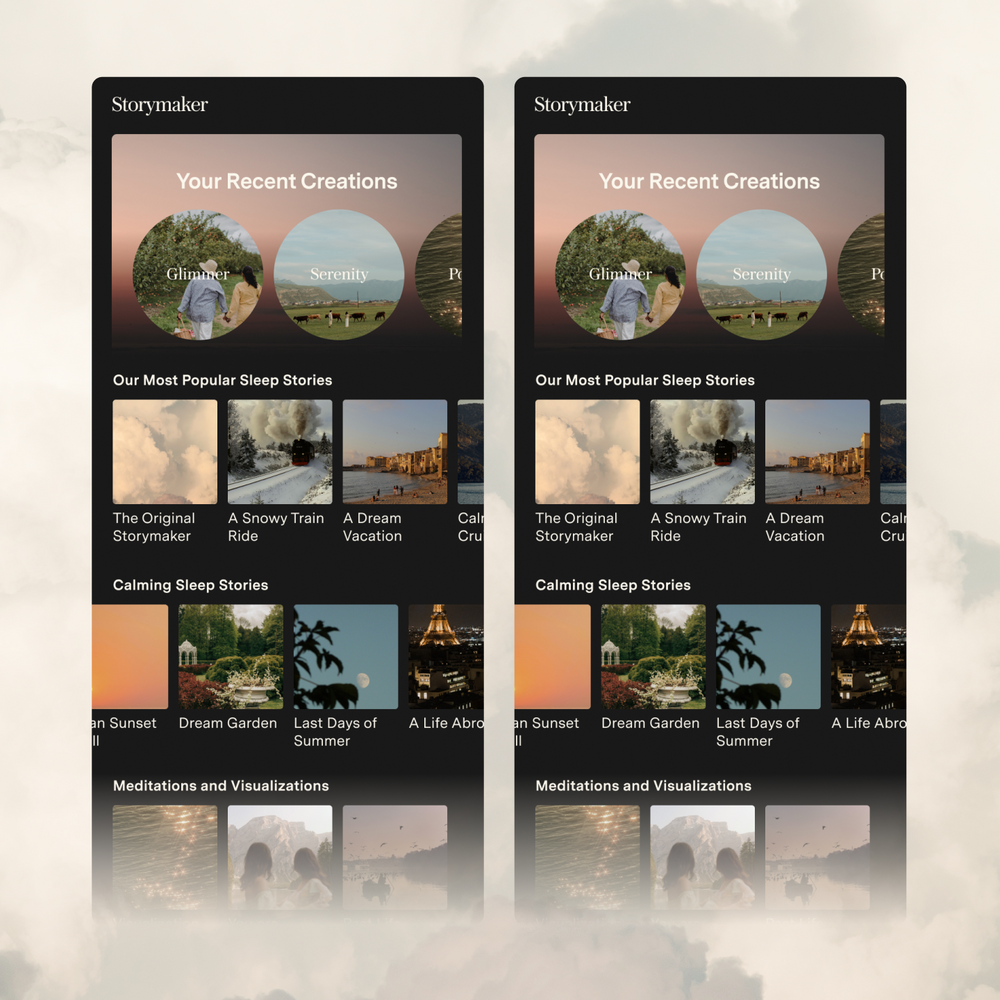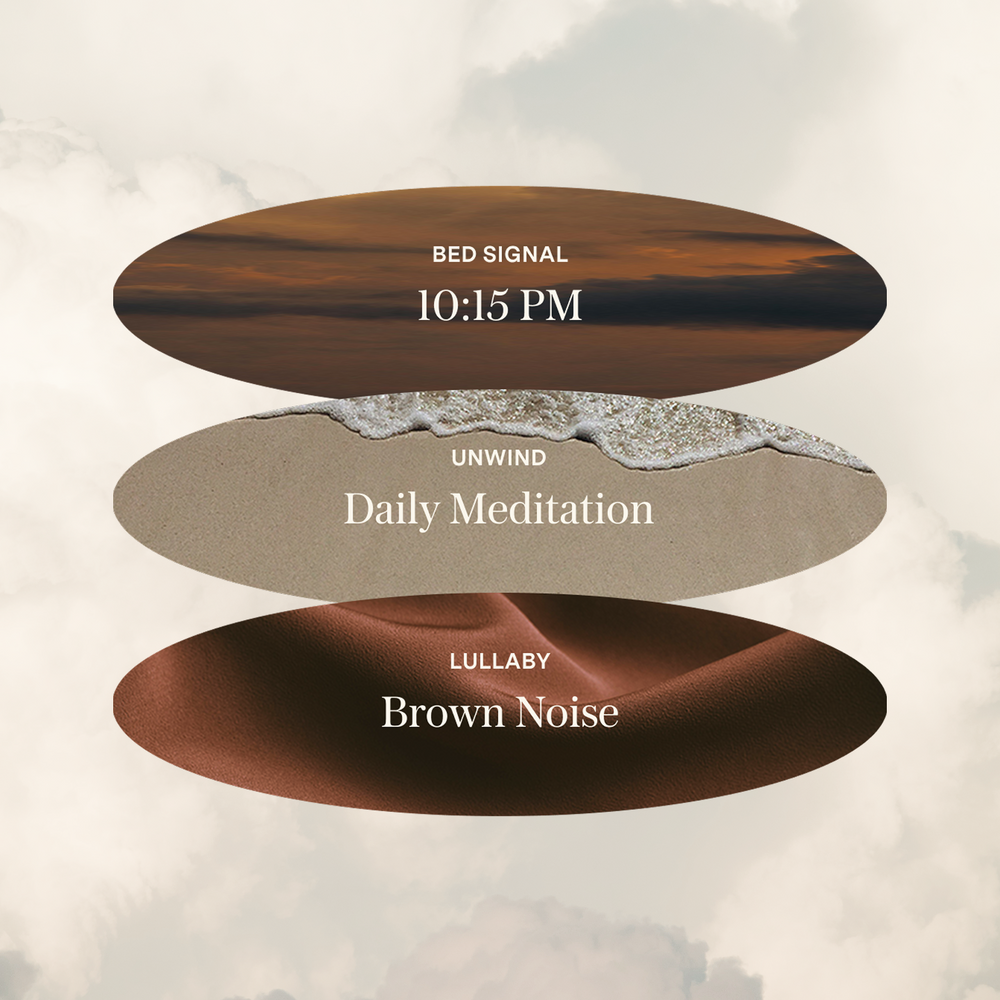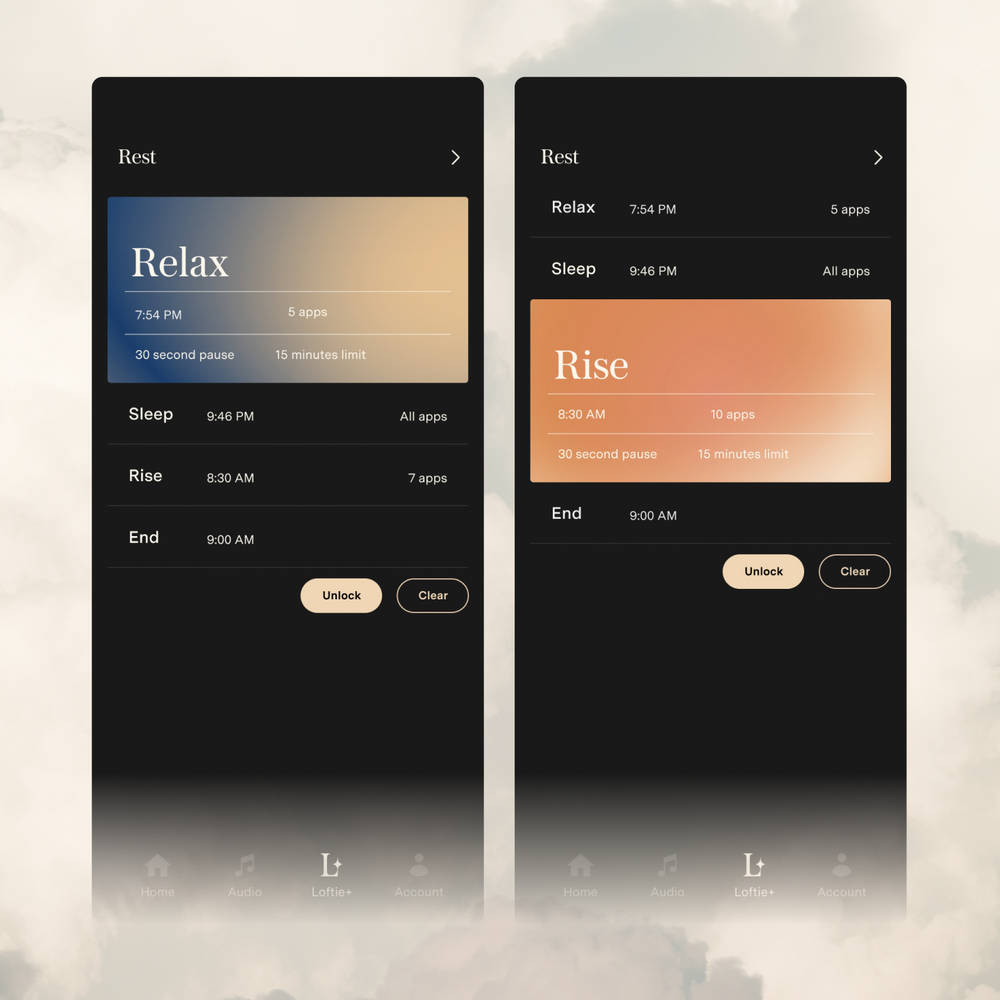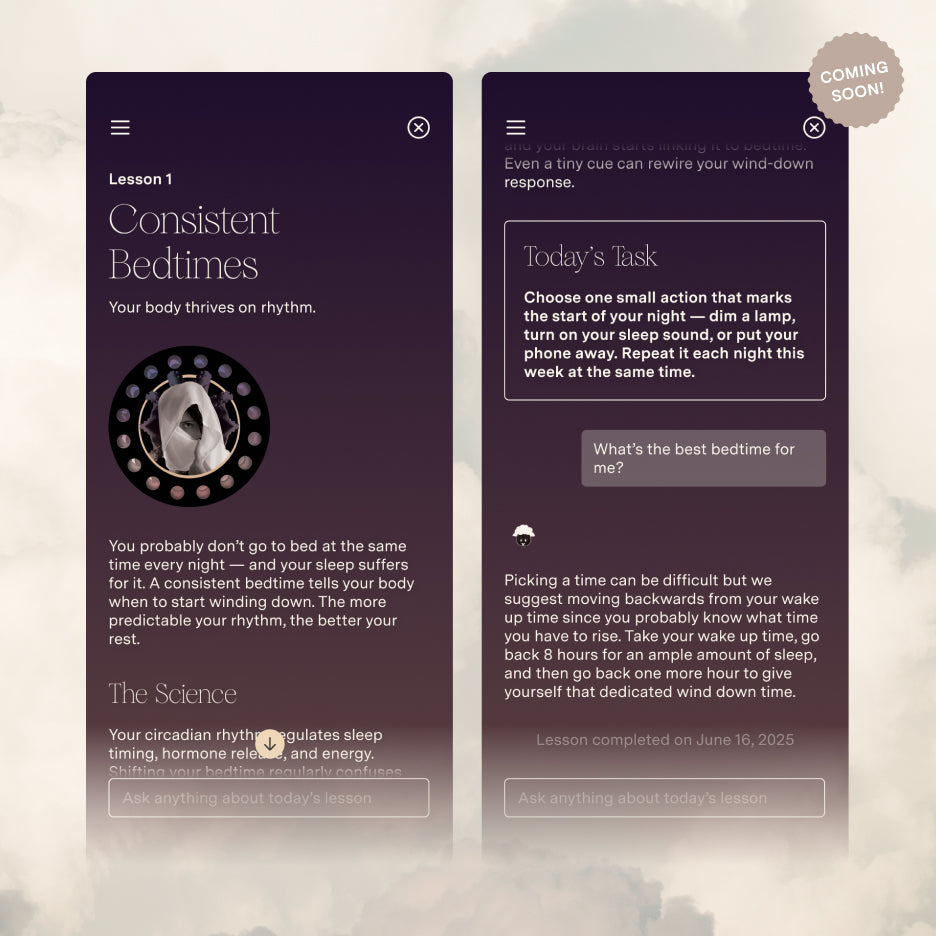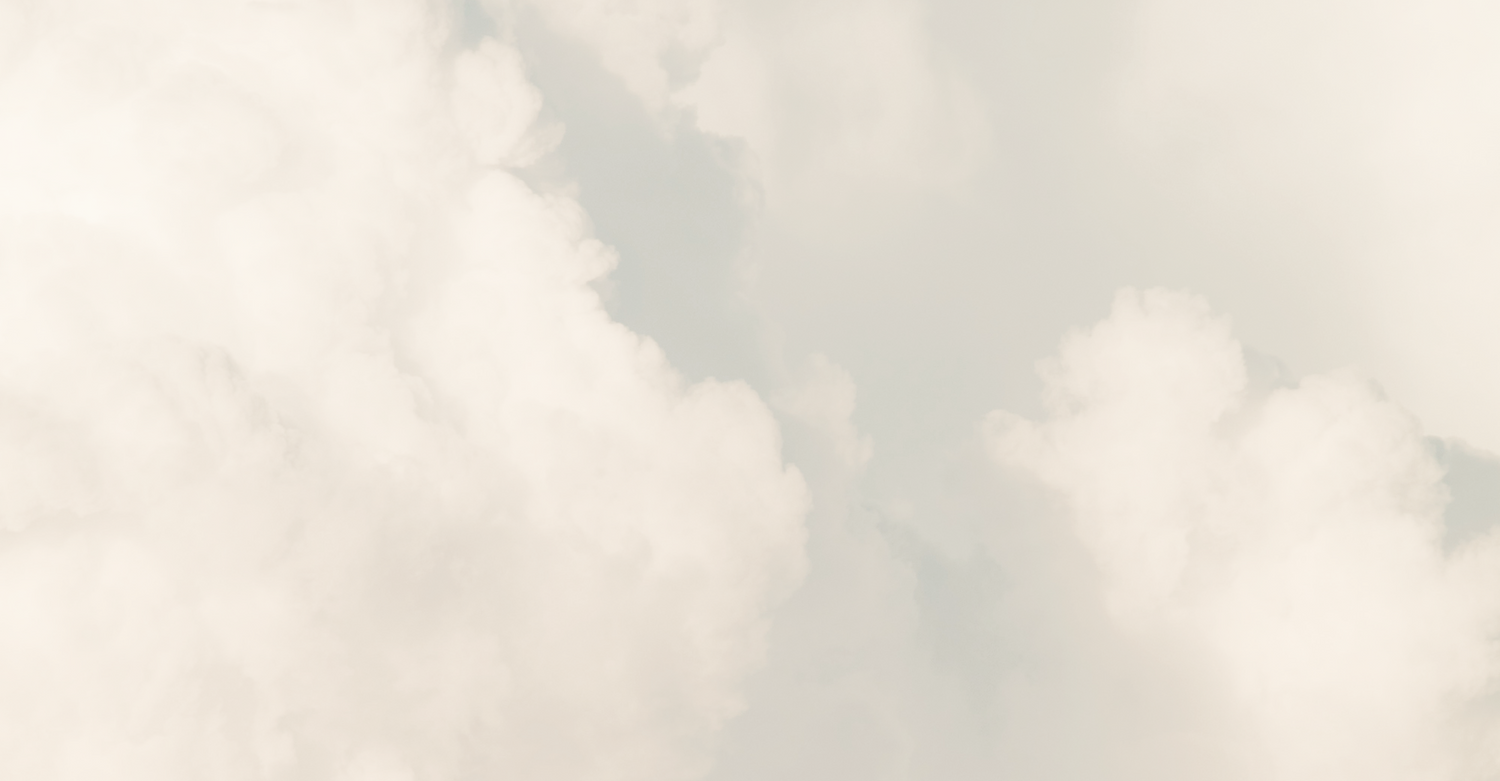There’s a reason why the sound of rain tapping on a tin roof or calm waves washing against the shore puts many of us in a state of relaxation. A 2021 research review published by the Proceedings of the National Academy of Sciences provides evidence that natural soundscapes improve health, decrease stress and irritability, and are a natural mood booster.
Used in the right way, technology can help us to manage and invest in our physical and mental wellness. Custom ambient sounds enable us to “be” in nature even when we are in a busy office, waiting in line, or in gridlock traffic. But how are those sounds created? Are they human-made or produced in a studio? Who’s the wizard behind the microphone making nature’s sound medicine accessible to all? For Loftie, that person is audio designer Josh Rigling.
I spoke with Josh about how he records and mixes sounds, the difference between a minimalist and maximalist audio designer, and what ambient sound lulls him to sleep at night.
What is your role at Loftie?
I am Loftie’s audio designer. I’ve been in this role since September 2021 and I am a core part of the team at Loftie. I oversee most of our sound content and create the majority of the “environment tracks,'' as well as some of the alarms. I also work with partner sound content creators on developing content exclusive for Loftie.
I also give input on the technical side of how audio works on Loftie, particularly with the firmware, which involves tech/computer science knowledge and application.
Finally, I do technical drawings for Loftie, along with some other illustrations. For instance, my drawings are included in our new user manuals for the clock and lamp, as well as some newsletter and Instagram content.
What is your career background?
For the past decade, I have worked primarily in IOT (internet of things) with a handful of companies based in NYC, LA, and Europe including to.be, Mona VR, Giphy, Electric Objects, Noow Art, Elementum Art, Digital Objects, Infinite Objects and Oda. Most of these companies have had a hardware product in addition to a software product.
I was involved in Net Art from the very early days (2011) as a member of Dump.FM, Bog.Jollo, Qloppi and Sock.Chat. I have a collection of unique GIF images numbering in the 10,000 range – all created by me. As one of the first artists invited to Giphy in 2015, my smaller public collection now totals several billion views.
I am also a musician and field recorder by hobby. Weirdly, my fan base is primarily based in Italy. I have been playing live shows since 2016 and was a permanent participant of Club Antibody (online only) during the full stretch of Covid. My music incorporates field recording, analog synthesizers, and homemade string instruments.
Take me through the process of creating a custom ambient sound.
For me, recording ambient sound or field audio requires travel to remote areas (unless it is urban), setting up a recorder with at least six inputs and attaching a variety of microphones to the recorder. Then I record for usually thirty minutes or so. Sometimes I will move to a nearby location and record another half an hour. After this is done, I spend a great deal of time mixing these tracks on the computer to create a 100% unique and perfectly looping ~10 minute track of the place I recorded in.
Do audio designers have different processes?
100%! Every audio designer has a totally unique approach to collecting and creating audio.
Mine involves a lot of redundancy in terms of microphone variety, audio quality, and length of recordings. I also bring an absurd amount of gear with me out into the field. My back isn’t too happy about it, but it allows me to capture a huge variety (of sounds).
I only record in 32bit raw audio format which is just like raw camera or video. There is extra audio data recorded outside the norms of human hearing, so if it suddenly gets very loud or very quiet, I am able to recover and use that sound where otherwise I would not. In my opinion this is very cool and should be the standard. The equipment required to do this is bulky, complicated, and expensive so there is a barrier of entry.
From a basic standpoint, I am a maximalist. A minimalist will use what’s commonly referred to as “drop rigs.'' These are small, handheld recorders put into a waterproof bag and attached to two tiny omni (omnidirectional) mics, or lav mics for video interviews, and set in a location to record for 24 hours or more. Sometimes I use these setups, but for work with looping tracks, there just isn’t enough wiggle room in the content captured.
Is there a psychology behind different sounds and the emotions they evoke
Yes. I think most people understand this on a subconscious level. And there has been some research on this, as well.
As an example, sounds like the ocean tend to make people fall asleep quickly because the heart will sync to the waves, provided it’s a calm ocean. On the other hand, sounds like crickets or forests will not have a particular cadence to them, but they do wonders for quieting a racing mind. I have anecdotally heard from several people who fall asleep to a television show they’ve seen many times that falling asleep to nature sounds is very similar to that. The bonus is that there’s no light pollution from the TV.
There are other sounds that we are working on that specifically target a tonal range that naturally induces sleepiness or awakeness. This has been studied, as well, and, when mixed with natural audio, the effect can be quite powerful. It’s what I personally use to fall asleep.
How can ambient sounds positively impact our wellbeing?
There have been some studies on this, as well. I totally agree with the findings – and some people may already be aware that when someone takes a walk in the woods, their stress hormones are reduced. Same with sitting by the sea or even working with a window open. Whether human-made or natural, all audio in our environment has a particular rhythm to it. There was an artist some years back who found the BPM (beats per minute) of various cities around the world.
But, I think it is easy to ignore the audio around you. For me, recording in the field is one of the most peaceful and meditative things I’ve ever done. On many occasions I’ve sat (or stood) with my recorders and headphones going and completely lost track of time. Listening carefully does wonders for the mind. The past year of doing this professionally for Loftie has improved my mental health and sleep quite a bit.
Is there anything else you'd like to add?
I believe that there is a tremendous amount of potential here for general wellness. Listening carefully to anything changes one’s perspective on the world around them. The number of different sounds one can hear by simply stopping to listen — really listen — for just a few minutes is incredible.
My personal goal with Loftie is to help people with both their sleeping and waking lives through the use of carefully created audio.



